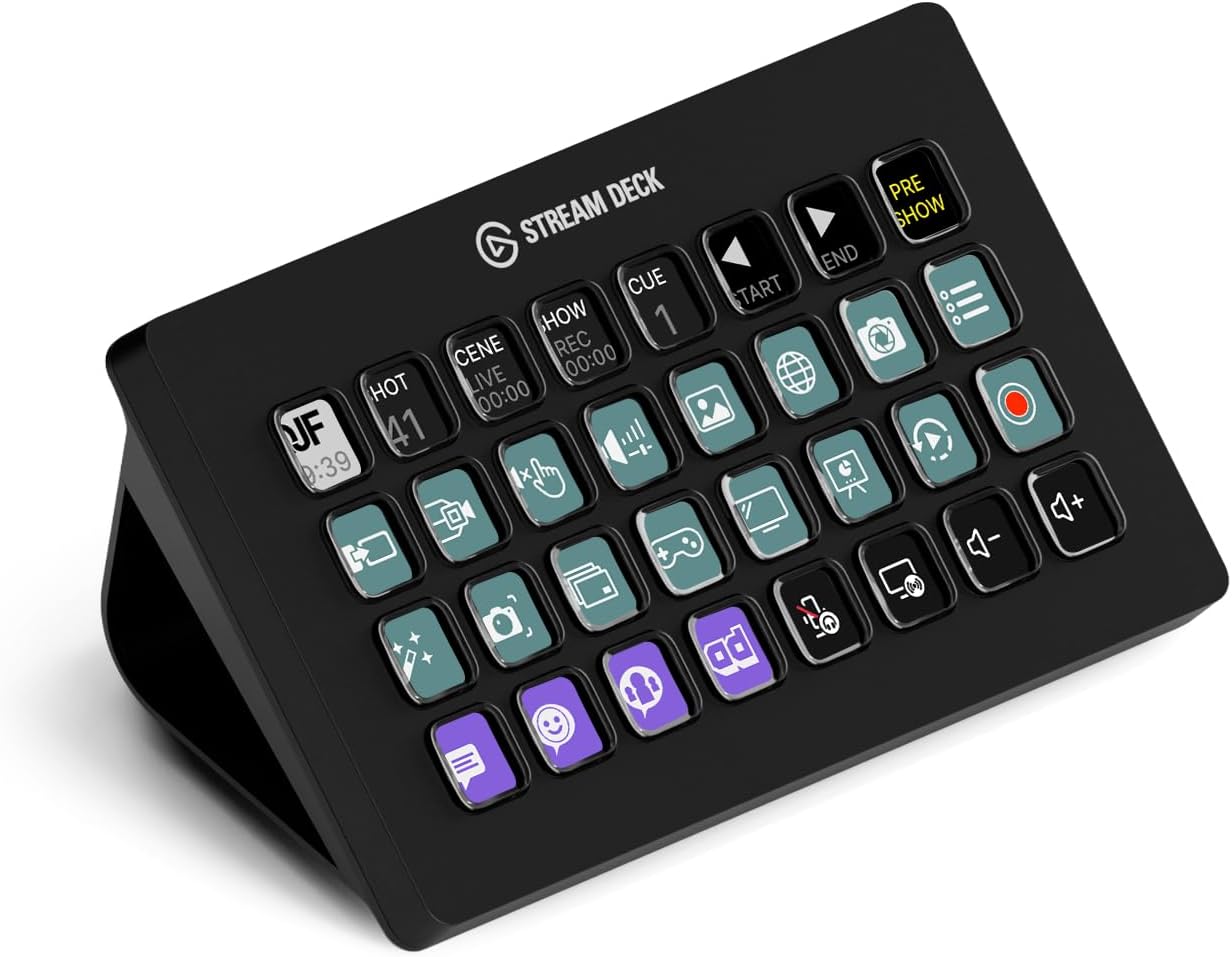Funk Music
Characteristics
Compared to funk's predecessor, the soul music of 1960s, funk typically uses more complex rhythms, while song structures are usually simpler. Often, the structure of a funk song consists of just one or two riffs. Sometimes the point at which one riff changes to another becomes the highlight of a song. The soul dance music of its day, the basic idea of funk was to create as intense a groove as possible.
One of the most distinctive features of funk music is the role played by bass guitar. Before funk, bass was rarely prominent in popular music. But funk changed all that, with melodic basslines often being the centerpiece of songs. Notable funk bassists include Bootsy Collins and Larry Graham of Sly & the Family Stone. Graham is often credited with inventing the purcussive "slap bass technique," which was further developed by later bassists and became a distictive element of funk.
Since funk is strongly rhythm-oriented, many funk songs contain no solos. Those that do often feature skillfully improvised horn solos. Some of the best known and most skillful soloists have jazz backgrounds. Trumpetist Fred Wesley and saxophonist Maceo Parker are among the most notable musicians in the funk music genre, both having worked with James Brown and George Clinton.
In funk bands, guitarists typically play in a percussive style. "Dead" notes often are used in riffs to strengthen percussive elements. When playing with a horn section, guitarists usually play no solos; but if a band's style is closer to a "funk rock" approach, then a guitarist may play solos with a distorted sound. Jimi Hendrix was a pioneer of funk rock. Another such guitarist, Eddie Hazel, later worked with George Clinton and is one of the most notable guitar soloists in funk. Jimmy Nolen and Phelps Collins are famous funk rhythm guitarists who both worked with James Brown.
Origin of funk
The word "funk," once formally defined as the smell of sexual intercourse, commonly was regarded as coarse or indecent. African-American musicians originally applied "funk" to music with a slow, mellow groove, then later with a hard-driving, insistent rhythm because of the word's association with sexual intercourse. This early form of the music set the pattern for later musicians. The music was slow, sexy, loose, riff-oriented and danceable. Funky typically described these qualities. In jam sessions, musicians would encourage one another to "get down" by telling one another, "Now, put some stank ('stink'/funk) on it!" At least as early as the 1930s, jazz songs carried titles such as Mezz Mezzrow's Funky Butt.
The word "funk" commonly was regarded as coarse or indecent. As late as the 1950s and early 1960s, when "funk" and "funky" were used increasingly in the context of soul music, the terms still were considered indelicate and inappropriate for use in polite company.
The distinctive characteristics of African-American musical expression are rooted in West African musical traditions, and find their earliest expression in spirituals, work chants/songs, praise shouts, gospel and blues. In more contemporary music, gospel, blues and blues extensions often flow together seamlessly. Funky music is an amalgam of soul music soul jazz and R&B.
James Brown and funk as a music genre
Only with the innovations of James Brown and Sly and the Family Stone in the late 1960s was funk regarded as a distinct genre. In the R&B tradition, these tightly rehearsed bands created an instantly recognizable style, overlaid with catchy, anthemic vocals. Often cueing his band with the command, "On the one!" Brown changed the rhythmic emphasis from the two-four beat of traditional soul music to a one-three emphasis previously associated with white musical forms -- but with a hard-driving, brassy swing. This pumping, one-three beat became a signature of classic funk. James Brown's 1965 Top 10 Mercury Records hit "Papa's Got a Brand New Bag" is widely presumed to be the song that paved way for the funk genre; but much of Brown's work of the period, though remarkable, is structured around a series of rhythmic boilerplates. During the late 1960s, Brown's hits, such as "Sex Machine," introduced the tight rhythms, riffs and grooves for which funk music is known.
1970s and P-Funk
In the 1970s, a new group of musicians further developed the "funk rock" approach innovated by Jimi Hendrix. George Clinton, with his bands Parliament and, later, Funkadelic, produced a new kind of funk sound heavily influenced by jazz and psychedelic music. The two groups had members in common and often are referred to singly as "Parliament-Funkadelic." The breakout popularity of Parliament-Funkadelic gave rise to the term "P-Funk," which both referred to the music by George Clinton's bands and defined a new subgenre. yup that is correct readers
"P-funk" also came to mean something in its quintessence, of superior quality, or sui generis, as in the lyrics from "P-Funk," a hit single from Parliament's album "Mothership Connection":
"I want the bomb. I want the P-Funk. I want my funk uncut."
The 1970s was probably the era of highest mainstream visibility for funk music. Other prominent funk bands of the period included Bootsy's Rubber Band, The Meters, Ohio Players, The Commodores, War, Kool & the Gang, Con Funk Shun, Slave, Cameo, Midnight Star, The Bar-Kays, Zapp, and many more.
Already, in late 1960s, many jazz musicians — among them Herbie Hancock (with his Headhunters band), Grover Washington, Jr., and Cannonball Adderly, Les McCann and Eddie Harris — had begun to combine jazz and funk. Sometimes this approach is called "jazz-funk".
Funk music was exported to Africa in the late 1960s, and melded with African singing and rhythms to form Afrobeat. Disco music owed a great deal to funk. Many early disco songs and performers came directly from funk-oriented backgrounds.
Recent developments
In the 1980s, funk lost some of its audience as bands became more commercial and music more electronic, effectively phasing out horn sections which were the core of many funk bands. Today, hip hop artists regularly sample old funk tunes. James Brown is said to be the most sampled artist in the history of hip hop. P-Funk also is sampled frequently—samples of old Parliament and Funkadelic songs formed the basis of West Coast G Funk. The 1980s also saw a wave of funk metal fusion bands, led by Faith No More and the Red Hot Chili Peppers.
In Brazil, the word "funk" is used to denote a distinct genre of music, related to electro.
Note: Despite its name, Grand Funk Railroad is not a funk band; it is a straight rock band. Also the word "funk" is often used too widely to refer to African-American pop music of the 1970s in general. Artists such as Stevie Wonder and Marvin Gaye actually recorded few straight funk pieces.





